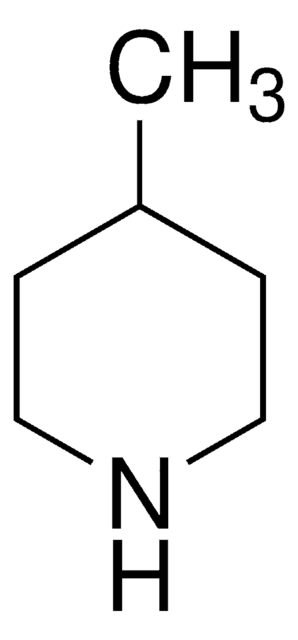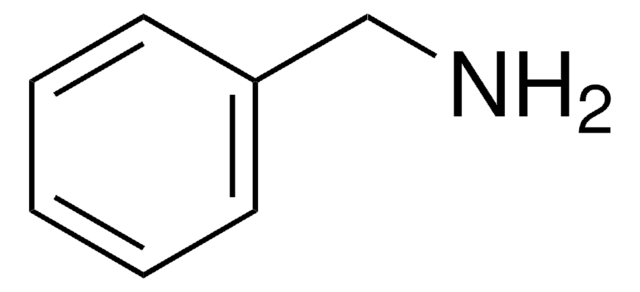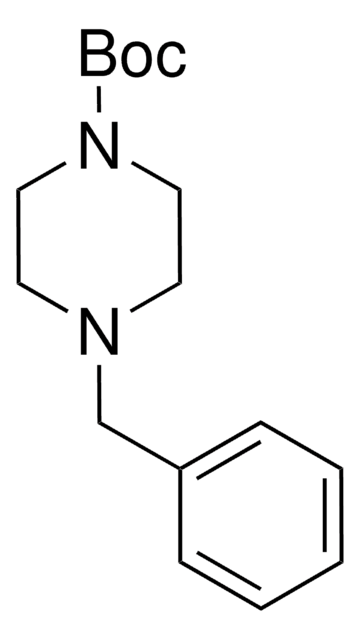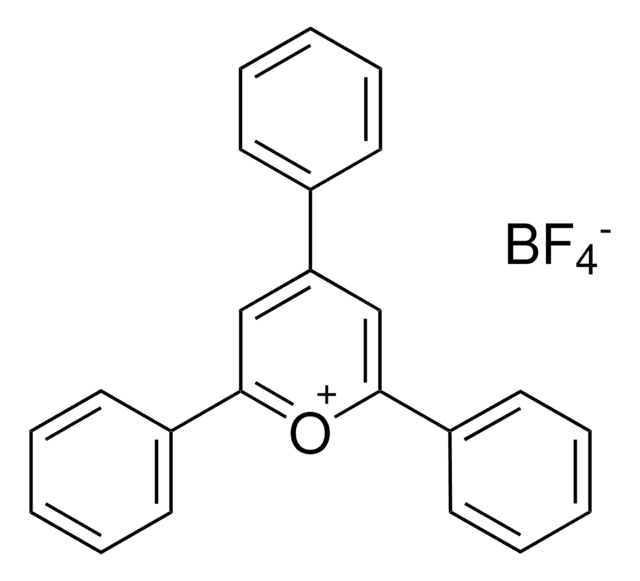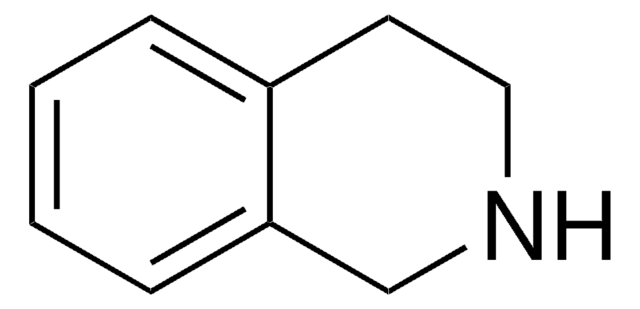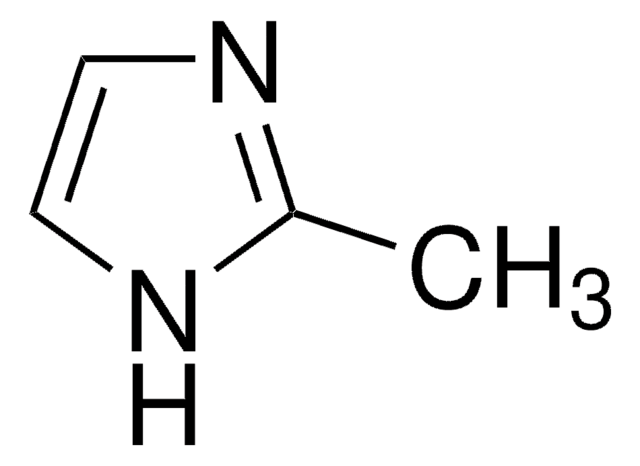142360
4-Benzylpiperidine
99%
Synonyme(s) :
Phenyl(4-piperidyl)methane
About This Item
Produits recommandés
Niveau de qualité
Pureté
99%
Indice de réfraction
n20/D 1.537 (lit.)
Point d'ébullition
279 °C (lit.)
Pf
6-7 °C (lit.)
Densité
0.997 g/mL at 25 °C (lit.)
Groupe fonctionnel
phenyl
Chaîne SMILES
C1CC(CCN1)Cc2ccccc2
InChI
1S/C12H17N/c1-2-4-11(5-3-1)10-12-6-8-13-9-7-12/h1-5,12-13H,6-10H2
Clé InChI
ABGXADJDTPFFSZ-UHFFFAOYSA-N
Informations sur le gène
rat ... Htr2a(29595) , Htr2c(25187)
Vous recherchez des produits similaires ? Visite Guide de comparaison des produits
Description générale
Application
- Antiproliferatives
- GABA uptake inhibitors
- Pyridines
- Histamine H3 antagonists
- Multipotent drugs with cholinergic and neuroprotective properties for the treatment of Alzheimer′s and neuronal vascular diseases
- Antiserotoninergic, antiplatelet, hemorheologic, antiarrythmic and antioxidant molecules via nucleophilic substitution
Actions biochimiques/physiologiques
Code de la classe de stockage
10 - Combustible liquids
Classe de danger pour l'eau (WGK)
WGK 3
Point d'éclair (°F)
233.6 °F - closed cup
Point d'éclair (°C)
112 °C - closed cup
Équipement de protection individuelle
Eyeshields, Gloves, type ABEK (EN14387) respirator filter
Faites votre choix parmi les versions les plus récentes :
Déjà en possession de ce produit ?
Retrouvez la documentation relative aux produits que vous avez récemment achetés dans la Bibliothèque de documents.
Les clients ont également consulté
Notre équipe de scientifiques dispose d'une expérience dans tous les secteurs de la recherche, notamment en sciences de la vie, science des matériaux, synthèse chimique, chromatographie, analyse et dans de nombreux autres domaines..
Contacter notre Service technique


